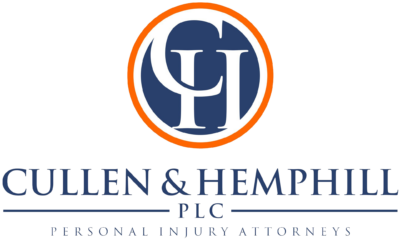If you have ever read our articles or blog posts regarding claims against governmental entities in Florida, you probably already know how unfair we think they are. In this post, I want to go a little bit deeper to explain why – in our experience – so many claims against governmental entities settle for numbers beneath fair settlement value. The governmental entities we typically see are sheriff’s departments, police departments, schools, departments of transportation, corrections facilities, etc.
Negligence Claims Against Any State Governmental Entity Are Capped
In our opinion, the main culprit for unfair settlement values against governmental entities is the cap on damages imposed by Section 768.28, Florida Statutes. In negligence claims against any governmental entity, the typical maximum exposure to the governmental entity is $200,00.00 – regardless of the injury or damages. (There is an exception to this rule, but the procedure available under the exception requires an extraordinary amount of time, money, and risk-taking on the part of the plaintiff, so this procedure is generally only even attempted on absolutely catastrophic injury cases.)
In a garden variety injury case, a governmental entity can very safely – regardless of the magnitude of the injuries or the egregiousness of the carelessness – rely upon the fact that its worst financial exposure would generally be $200,000.00. The question my clients frequently ask is, “So why don’t they just pay the $200,000.00 to me?”
The answer has to do with the economics of bringing a personal injury case. In most personal injury claims, case costs (things like court filing fees, deposition fees, expert witness fees, blow-ups, subpoenas, process servers, etc.) are advanced by the plaintiff’s attorney and later reimbursed by the client if the client wins any money. If an early settlement of a claim can be achieved, the case costs would generally range from a few dollars to a thousand dollars.
However, the costs associated with a case that is tried to verdict in front of a jury are astronomically higher. For example, the last car accident case that we took to trial featured approximately $90,000.00 in case costs – most of that money spent on engineering and medical experts, who are necessary to presenting a persuasive (and hopefully, winning) case.
If a governmental entity knows that its general worst day is $200,000.00, it is easy for the governmental entity to do the mathematics backwards to determine how much a plaintiff might net after a trial that required, say, $90,000.00 in costs. (In this example, the net to the client would be approximately $60,000.00 to the client after fees and costs.) It is worth bearing in mind that these numbers work in a strong case of liability with very big damages.
Why Governmental Entities Almost Never Settle For The Cap Amount
In the example above — where the plaintiff had a strong liability and big damages — a net of $60,000.00 to the injured party would generally be where a governmental entity might start formulating a settlement offer. If $60,000.00 is their worst day, why would they voluntarily ever settle for more? If there are challenges to proving liability, or causation, or damages, the governmental entity would obviously evaluate lower.
As you can see, the cap on damages creates some really unfair bargaining scenarios. Our client’s don’t usually like it, and neither do we. However, it is unlikely that anyone will be able to change the Florida Legislature’s mind on this anytime soon, unfortunately.
If you have any questions about an injury claim against a governmental entity, please call Florida personal injury attorneys Kim Cullen or Robert Hemphill at 407-565-7386, or text them at 407-644-4444.

 Call Us Now
Call Us Now Email Us Now
Email Us Now

